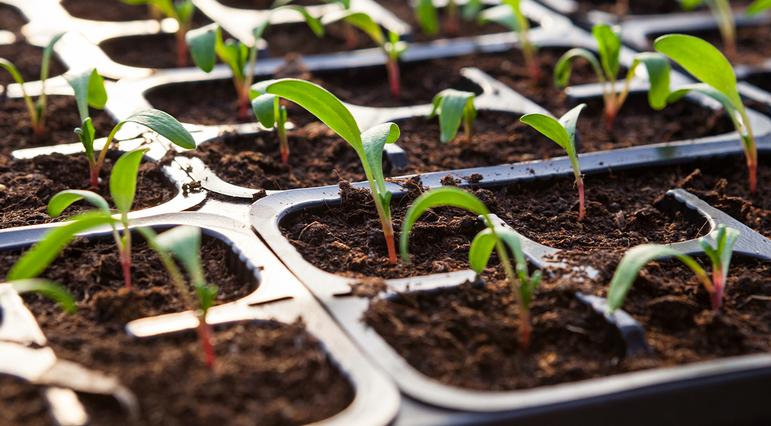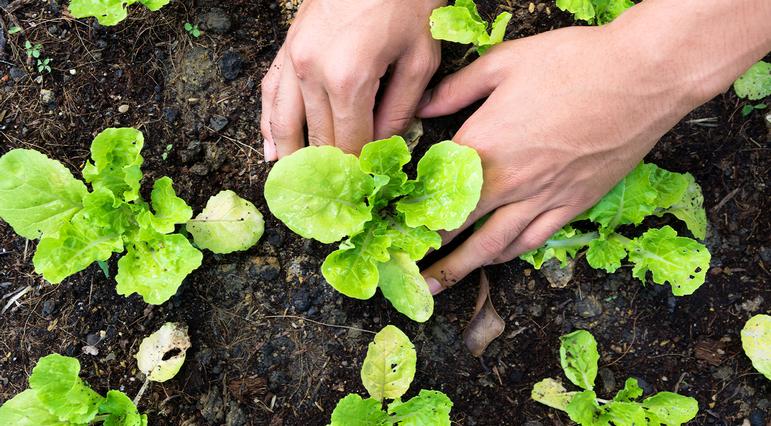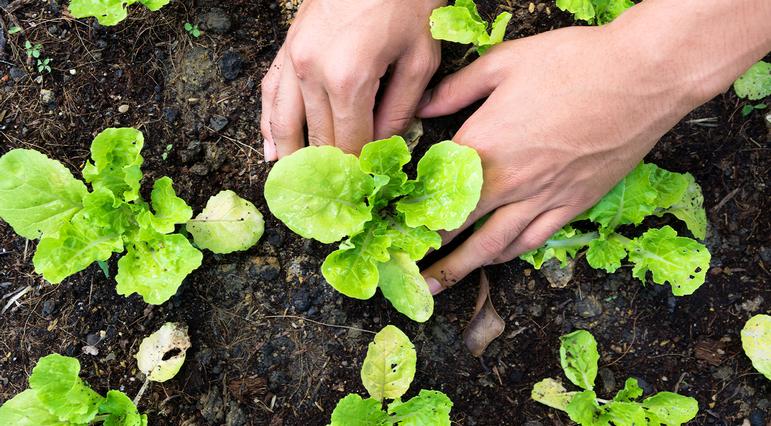A Guide to Starting Your Seeds Indoors

Growing your own garden seeds indoors means you have complete control over the growing environment so you can ensure your family gets the healthiest and most nutritious vegetables possible.
Starting seeds for your garden indoors is fun and rewarding, and its the best way to ensure your family is getting the best nutrition possible. Since you get to control the environment, you know your veggies won’t be getting sprayed with any unnecessary chemicals. It also gives you a jump on the gardening season, so you can start harvesting as soon as possible.
Growing your garden seeds from scratch is not as difficult as it might seem. There is some equipment you’ll need to get started, but once you have it, you’ll have everything you need to start your crops indoors every year. You can even start some of your favorite flowers for your garden.
Here is our guide for how to grow seeds indoors in Hockessin.
Seed Starting Equipment
Seed starter soil is a sterile soil mix that is ideal for baby plants to grow in. It shouldn’t develop any moss or mold in the moist environment needed to start seeds.
Choose high-quality seeds for your favorite veggies, fruits, and flowers. Check the packet; each one should have a recommendation for the ideal time of year to start growing that particular plant.
Seedling trays with small cells and plastic dome covers are the best containers for starting seeds. The dome covers are essential for maintaining the humidity your seeds need for germination and for protecting seedlings from drafts.
Grow lights are essential. Once your seedlings start to pop their heads above the soil, they’ll need a solid 12-14 hours a day of good light. Early on in the seed starting process, the lights should be just above the covers on your trays.
Seedling heat mats, which lay underneath your seed starter trays, are also great to have. Many seeds have a specific soil temperature range they need to stay within to germinate. Using a seedling heat mat means you can provide that consistent ideal temperature without fluctuations, ensuring more consistent germination.

Timing Your Planting
If you’ve never started seeds before, some of the easiest things to grow are marigolds, tomatoes, kale, and lettuce. Each packet of seeds will note the best time to start those seeds indoors. The note may be in the form of a date range, or it may indicate the number of weeks before the last frost. For reference, our last frost here in Hockessin is usually just before the beginning of April.
Some veggies, like lettuce, spinach, and arugula, benefit from staggered planting. It doesn’t take long for these plants to get past their prime after a couple of harvests, and they also grow quite quickly. Starting a new batch of these seeds every 10-14 days means you’ll have fresh, tasty, and nutritious greens all summer long.
In mid-February, you can start growing seeds for bell peppers, celery, eggplant, lettuces, and leeks.
In late-February or early-March, you can start seeds indoors for cabbage and tomatoes.
In mid-March, you can start seeds for broccoli, brussels sprouts, cauliflower, collards, and Swiss chard.
In late March or early April, you can start seeds for cantaloupe, cucumbers, pumpkins, squash, sweet potatoes, and watermelon.
Visit the expert staff at our garden center and get set up to start your garden seeds indoors this year! There’s nothing quite as rewarding as serving and eating healthy vegetables that you grew from scratch. Once you experience the flavor of home-grown veggies, you may have a hard time going back to store-bought!
